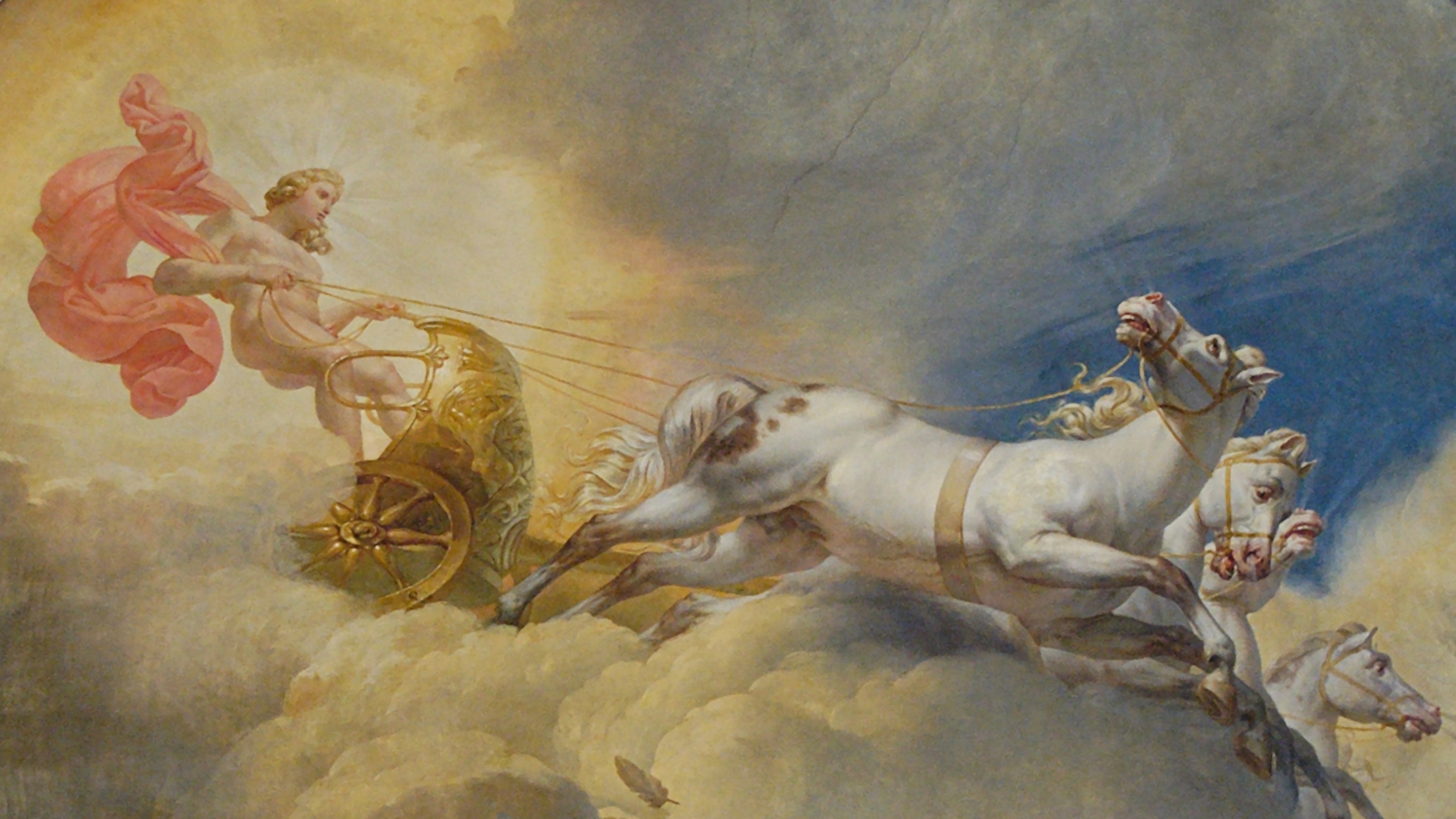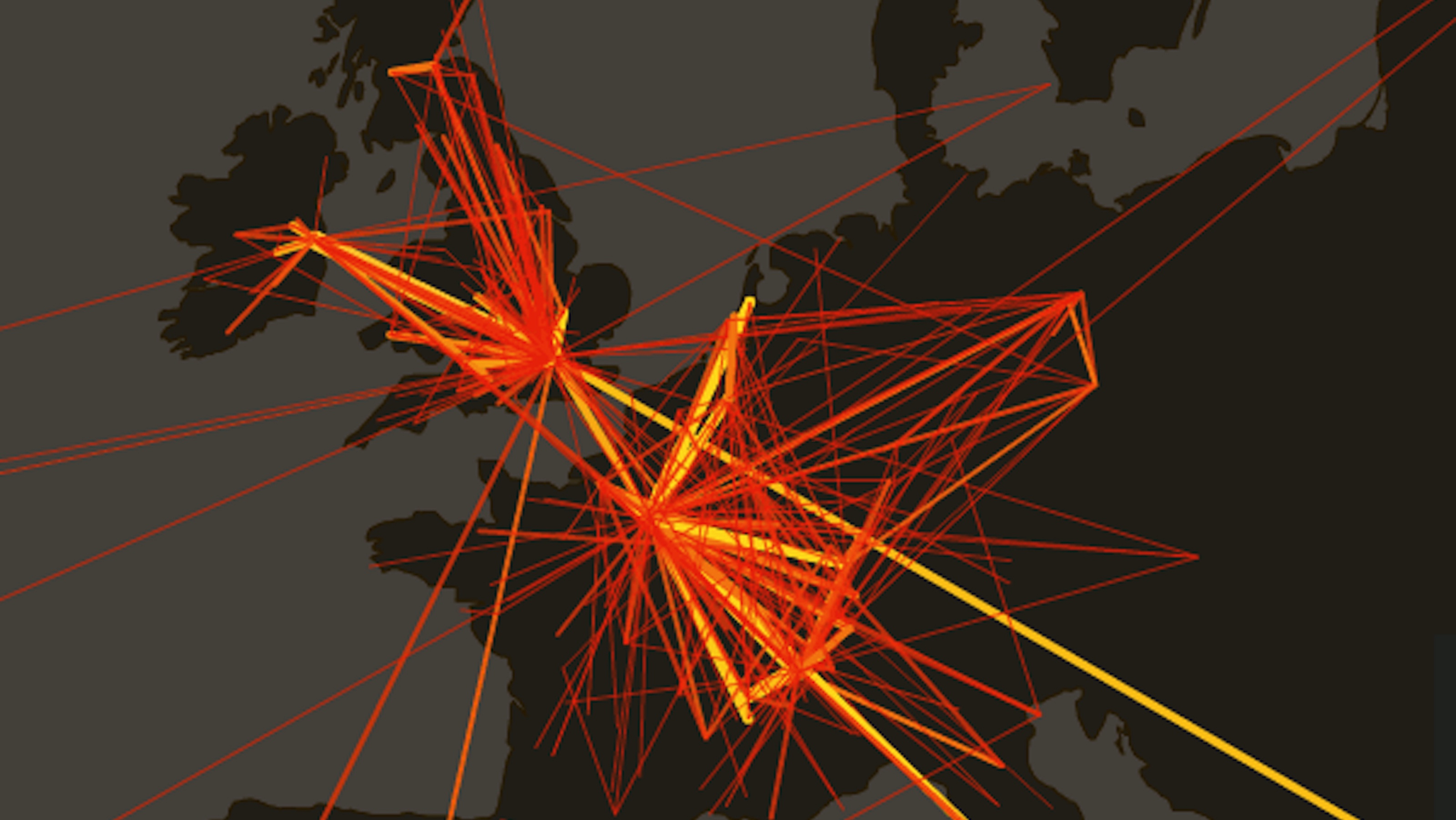We tend to operate as if “paying attention” is uniform across human nature. As Angie McArthur, co-author of the new book Collaborative Intelligence, explains in this video, the brain’s hardwiring points to several different states of attention. There’s a focused, details-centric attention; there’s a sorting attention wherein the mind attempts to un-confuse itself; and then there’s the most highly valued “open, wide, wonder” form of attention. It’s from this last form that our big ideas and ah-ha moments are derived. Naturally, we want to reside in this state of attention as much as possible when working on our projects. According to McArthur, reaching that state is a different process for everybody. It’s important for companies and collaborators to facilitate environments in which all team members are able to comfortably enter their respective states of wonder-based attention.
Angie McArthur: So the first strategy of mind patterns is really about how we each uniquely communicate, understand, and learn. This is like the hardwiring of your brain. It has nothing to do with personality; it's really the operating system of your mind. And it starts with attention. Attention is how we attend to things in the world. And what most people don't realize is that there's more than one way of paying attention. We consider attention in one form, paying attention. If you imagine my hands as your mind, this is focused attention. This is where details are apparent; this is where you have a lot of concentration. The mind also moves into a second state of attention. This is sorting attention. This is where confusion happens. This is where you're listening or experiencing something and you're attaching it to your own stories, your own history. This is where the brain is deciding am I going to keep this piece of information or am I going to discard it?
The third state of attention is open-wide, wonder. This is where insight happens. This is where you ah-ha moments. In this culture, we tend to only value this state of attention. We will caffeinate ourselves. We will do anything to keep in this state of attention. However, in order to have the type of breakthroughs that we so desperately need, we have to give ourselves space and time to go into these wider states of attention. The interesting thing is we each do that in a different way. And so for some, visual information is very important, it helps them focus. For others, kinesthetic information or hands-on experiences will help them remain focused. This is the person you may see fidgeting around a lot or moving a lot. What their mind is actually doing is trying to pay attention. And still for others, auditory information helps them keep focused. They're very quick with their words. The language they use is very ornate.
Similarly to get into an open state of attention, for some to get up in the back of a meeting room and pace around helps them have that insight, that ah-ha, that breakthrough. But, if we're in that meeting room I may look at that person and go, "Oh my gosh why are they standing up and walking around?" I may feel disrespected, when in fact we understand these types of diversities through the lens of mind patterns with one another. Instead of seeing that person as being difficult we actually are recognizing that their mind needs something different in that moment in order to think.





